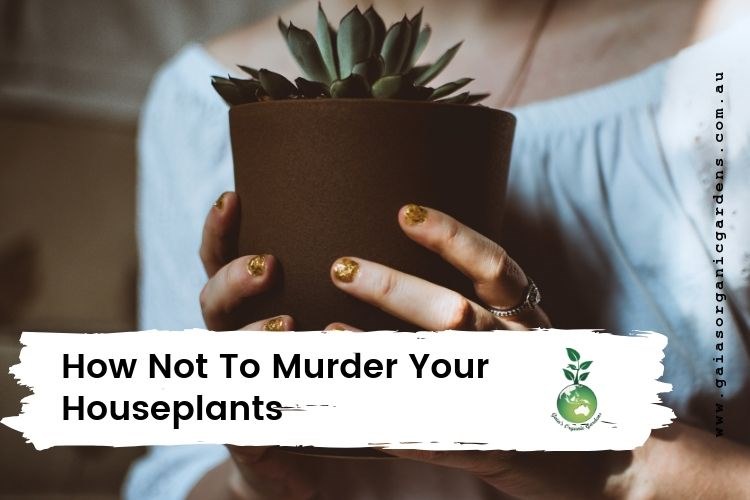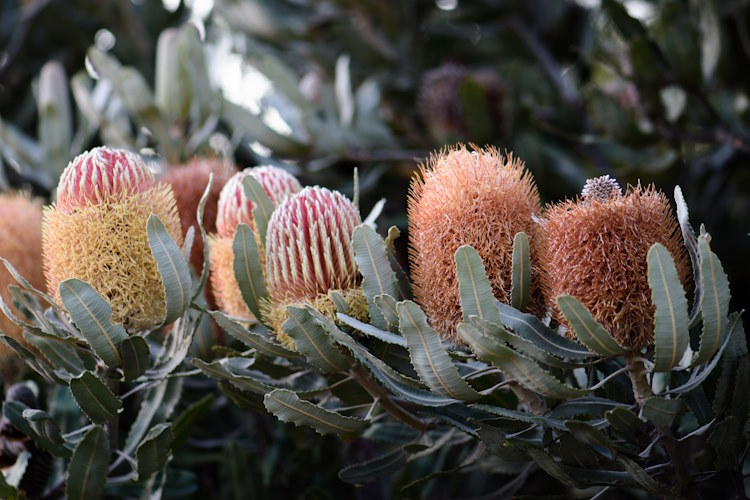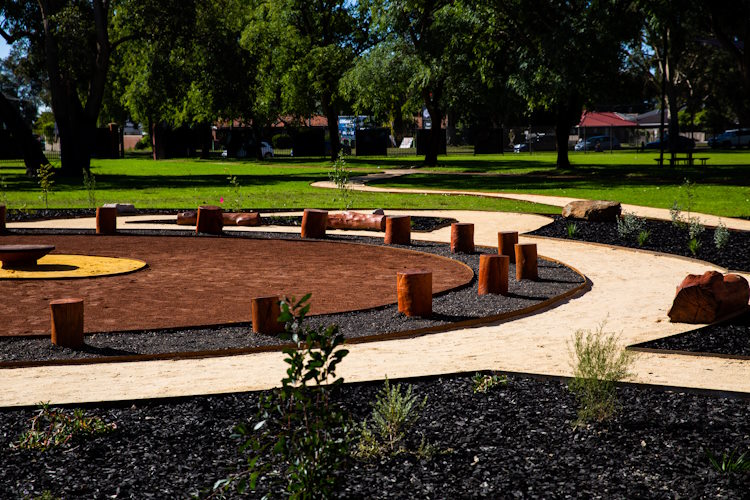As a gardener, I have come across so many people who have fear of growing houseplants. Some of us just find it hard to believe that keeping a houseplant alive is actually not as hard as you think it is. Having greenery indoors not only adds beauty but also definitely makes our space feel more like home. I personally LOVE having my vibrant green plants all over my home. Being surrounded by them reminds me to breathe and enjoy a simple beauty I often take for granted.⠀
Today I will give you some tips on how not to murder your houseplants:
- Water – Suffocating your plants by being over affectionate with the water is probably the reason why a plant is not thriving. There are very few plants that thrive on very moist soil, but for most plants, they do better when you let the soil dry out a bit in between watering.
Did you know that rain water is more beneficial to plants than tap water? Yes! There are a few reasons why – but the most important reason is that plants are exposed to chlorine toxicity when we use tap water. Rainwater is also beneficial because it contains more oxygen than tap water.
- Drainage – Get the draining right! Self-watering pots are more difficult as they often fill up and cause root rot (RIP zaza). We prefer adding a layer of pebbles or tiny rocks at the bottom of the pot to keep the water away from the roots and always use pots with drainage holes.
Check the drainage holes from time to time to make sure the holes are not clogged.
- Right Amount of Light – Each type of plant require different amount of light. Some thrive on full sunlight, while others like partial sun or shade. Read the care label of the plants and do your research. Always check to see if the plant’s leaves are turning pale as it is an indication that plants are not getting enough light.
Avoid moving the plants too often or too suddenly – moving the plants causes distress and can go into shock. If you want to transplant your plants into a decorative pot, keep them in their nursery pot for at least a year, just slip the new plant and cover the top with rocks to fill any gaps.
- The Right Soil – A potting mix is usually composed of peat moss, vermiculite and perlite. Houseplants filter air better when the soil is correct. We suggest adding horticultural charcoal to improve filtration.
- Nutrients – Indoor plants don’t really need fertilizer but you can add nutrients to your plants to encourage lush growth. Always use organic matter so that you’re confident it is safe around your pets and family members. We prefer to use Sea Weed Tonic Concentrate.

Bottom line: If you are new to indoor plants, ease into it by getting the snake plant or aroid palm as they are the toughest to kill.
Houseplants add so much more than just beauty to a space, so don’t be scared, and start with one. As long as you don’t overwater, they’ll be fine.
If you need some advice on your indoor, or outdoor, plants why not book in with one of our passionate Garden Doctors? Consultations start at just $150. Mention this blog for 10% off!!





